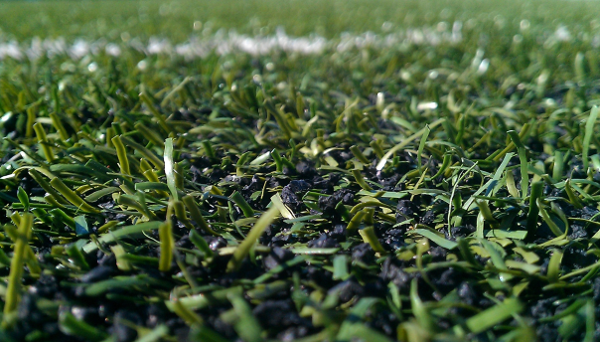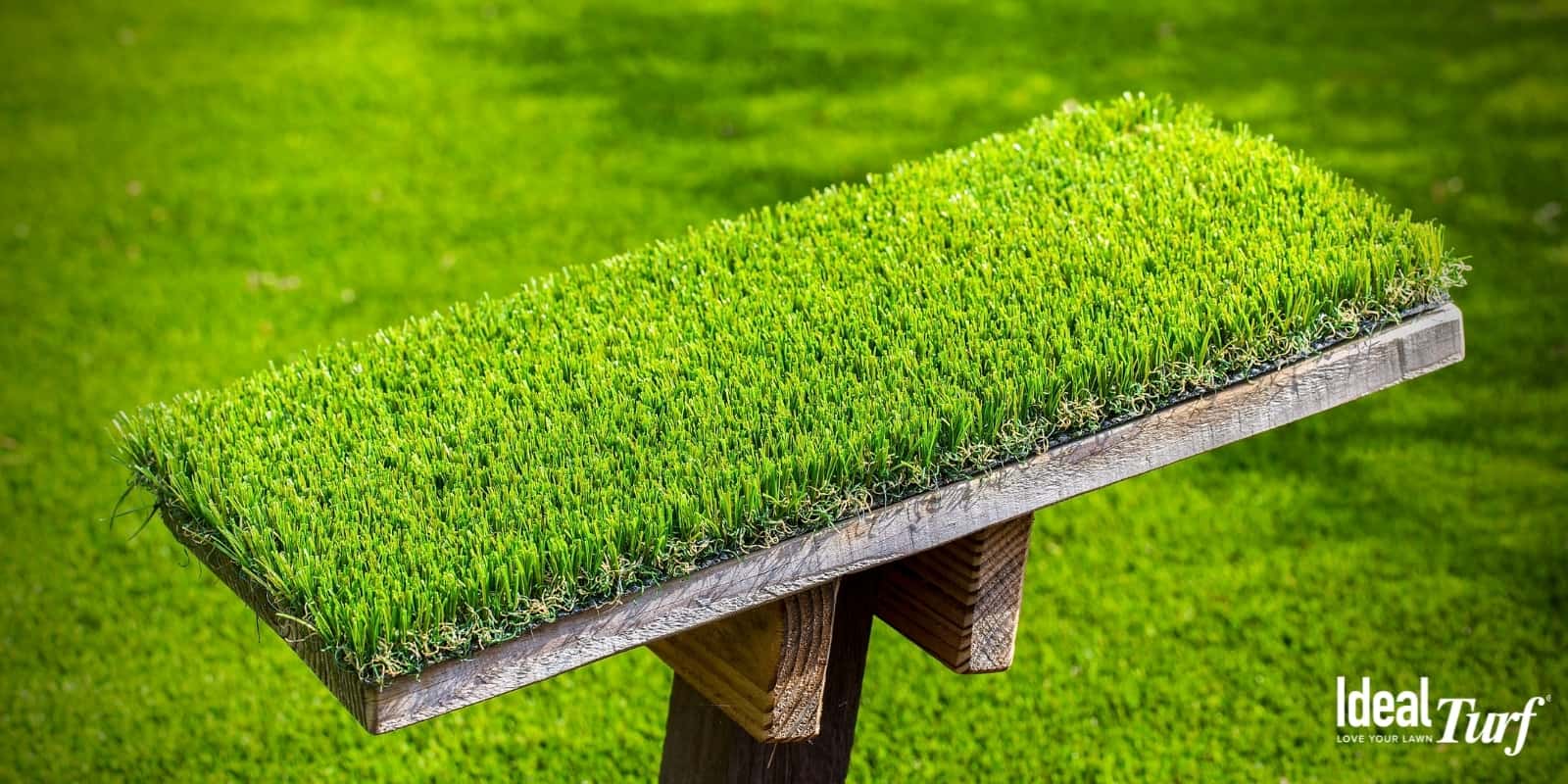Premier Phoenix Turf Companies Providing Superior Synthetic Lawn Products
Delve Into the Environmental Perks of Opting for Synthetic Grass Solutions
The adoption of synthetic grass services provides a compelling possibility to resolve pressing environmental challenges. By dramatically reducing water usage and reducing the application of harmful chemicals, these options not just advertise sustainable landscape design yet additionally shield regional environments. Additionally, the reduced carbon impact associated with reduced maintenance activities contributes to a more lasting strategy to land monitoring. The effects of these advantages expand beyond plain preservation efforts, raising inquiries regarding their lasting influence on habitat conservation and overall environmental equilibrium. Discovering these dimensions discloses a complex interplay worth taking into consideration.
Water Preservation Benefits
One of the most considerable advantages of synthetic lawn is its capacity to conserve water. Standard yard yards require substantial watering, specifically in areas prone to dry spell or water limitations. In comparison, artificial lawn does not need watering, significantly decreasing the overall need for water sources. This function is specifically helpful in arid areas where water deficiency is a pressing problem.
By eliminating the demand for regular watering, artificial lawn adds to sustainable landscape practices and aids alleviate the ecological impact of excessive water usage. In addition, the preservation of water prolongs to the decrease of drainage, which can cause soil disintegration and waterway contamination.
Furthermore, the installation of synthetic grass enables home owners and communities to allocate water resources more effectively, concentrating on necessary uses such as drinking water and farming. The shift towards synthetic grass not only promotes accountable water use yet additionally aligns with wider ecological goals targeted at protecting all-natural sources.
As communities increasingly focus on sustainability, the water preservation advantages of synthetic grass provide an engaging case for its adoption in commercial and property landscape design projects.
Reduced Chemical Usage
The transition to fabricated turf significantly decreases the reliance on chemical therapies commonly used in all-natural grass maintenance. Standard turf monitoring usually involves the application of herbicides, fertilizers, and chemicals to promote development and control parasites. These chemicals can present dangers to human health and wellness, regional wildlife, and the setting, adding to dirt and water contamination.
On the other hand, synthetic turf eliminates the need for these damaging substances. Once mounted, it requires marginal maintenance, largely consisting of normal cleaning and occasional infill replenishment. This decrease in chemical usage not only benefits the instant environment yet also adds to more comprehensive ecological stability. By reducing the release of synthetic compounds into the ecosystem, synthetic grass advertises healthier dirt and water supply.
In addition, the lack of chemical overflow connected with synthetic grass installments helps secure regional rivers from pollution, sustaining marine life and maintaining biodiversity. Arizona artificial turf. As neighborhoods progressively prioritize sustainable practices, selecting artificial lawn offers a viable solution that aligns with ecological conservation objectives. Via this change, homeowner can enjoy lush environment-friendly spaces without jeopardizing environmental health, leading the way for a more lasting future
Reduced Carbon Footprint

Moreover, the setup of man-made grass can cause considerable water conservation. All-natural yards need significant amounts of water for watering, which not just includes in the carbon footprint linked with water removal and therapy but likewise strains local water sources. On the other hand, fabricated grass needs very little maintenance, calling for no watering, consequently dramatically decreasing water usage and its linked power expenses.
Furthermore, the durability of synthetic lawn adds to its decreased carbon effect. With a life-span of approximately 15 years or more, the need for constant replacements is diminished, leading to less waste and lower energy intake in manufacturing and getting rid of traditional lawn alternatives. Generally, synthetic grass presents a sustainable alternative for eco mindful landscaping.
Habitat Conservation
Environment preservation is a vital factor to consider in the debate over landscaping options, especially when contrasting synthetic lawn to natural grass. All-natural grass yards usually require extensive maintenance, consisting of using chemicals, content fertilizers, and herbicides, which can detrimentally impact regional communities. These chemicals can seep right into the dirt and waterways, go to this site damaging indigenous plants and animals and disrupting regional environments.
On the other hand, synthetic grass offers an opportunity to minimize the eco-friendly impact of landscaping. By going with artificial lawn, homeowners can decrease the disruption of all-natural environments connected with standard grass treatment techniques. Synthetic grass eliminates the requirement for unsafe chemicals, thereby securing neighboring wildlife and keeping the integrity of bordering ecological communities. In addition, the installment of synthetic grass can result in the conversion of previous grass locations into even more biodiverse landscapes, such as pollinator yards or native plant locations, which can sustain local wildlife.
Inevitably, the transition to fabricated lawn not only saves water and decreases upkeep initiatives but likewise cultivates a much more unified connection in between human tasks and the natural surroundings, advertising environment conservation at the same time.
Long-Term Sustainability
Long-term sustainability is a vital variable in examining the benefits of fabricated grass over traditional yard lawns. One of the most significant advantages of fabricated lawn is its longevity; it can last approximately 15-20 years with very little maintenance, whereas natural lawn requires frequent reseeding and substitute. This longevity decreases the demand for continuous resources, such as water, fertilizers, and chemicals, which are crucial for preserving a healthy and balanced turf yard.
Additionally, synthetic lawn adds to a decrease in carbon emissions associated with yard treatment equipment. Standard grass often need gas-powered lawn mowers, leaners, and blowers, all of which add to air contamination. Turf installation phoenix az. On the other hand, synthetic grass removes the requirement for such tools, promoting a cleaner environment
Moreover, the manufacturing of synthetic grass progressively utilizes recycled products, boosting its sustainability account. As makers embrace eco-friendly techniques, the environmental footprint of synthetic turf continues to diminish.

Verdict
The fostering of synthetic grass remedies offers substantial environmental benefits, consisting of considerable water preservation, lowered reliance on unsafe chemicals, and a lower carbon impact. Additionally, synthetic grass aids in maintaining all-natural habitats by decreasing land disruption and advertising lasting sustainability via the usage of durable products. Jointly, these elements emphasize the capacity of artificial lawn to add favorably to environmental health and supply a practical option to standard landscaping techniques in a progressively resource-conscious globe.
In comparison, man-made turf does not require watering, dramatically decreasing the general need for water sources. By lessening the release of synthetic compounds into the ecosystem, man-made lawn advertises much healthier dirt and water systems.
Additionally, the installation of artificial turf can result in substantial water preservation. In comparison, synthetic turf requires minimal maintenance, requiring no watering, thereby considerably reducing water usage and its connected energy expenses.
